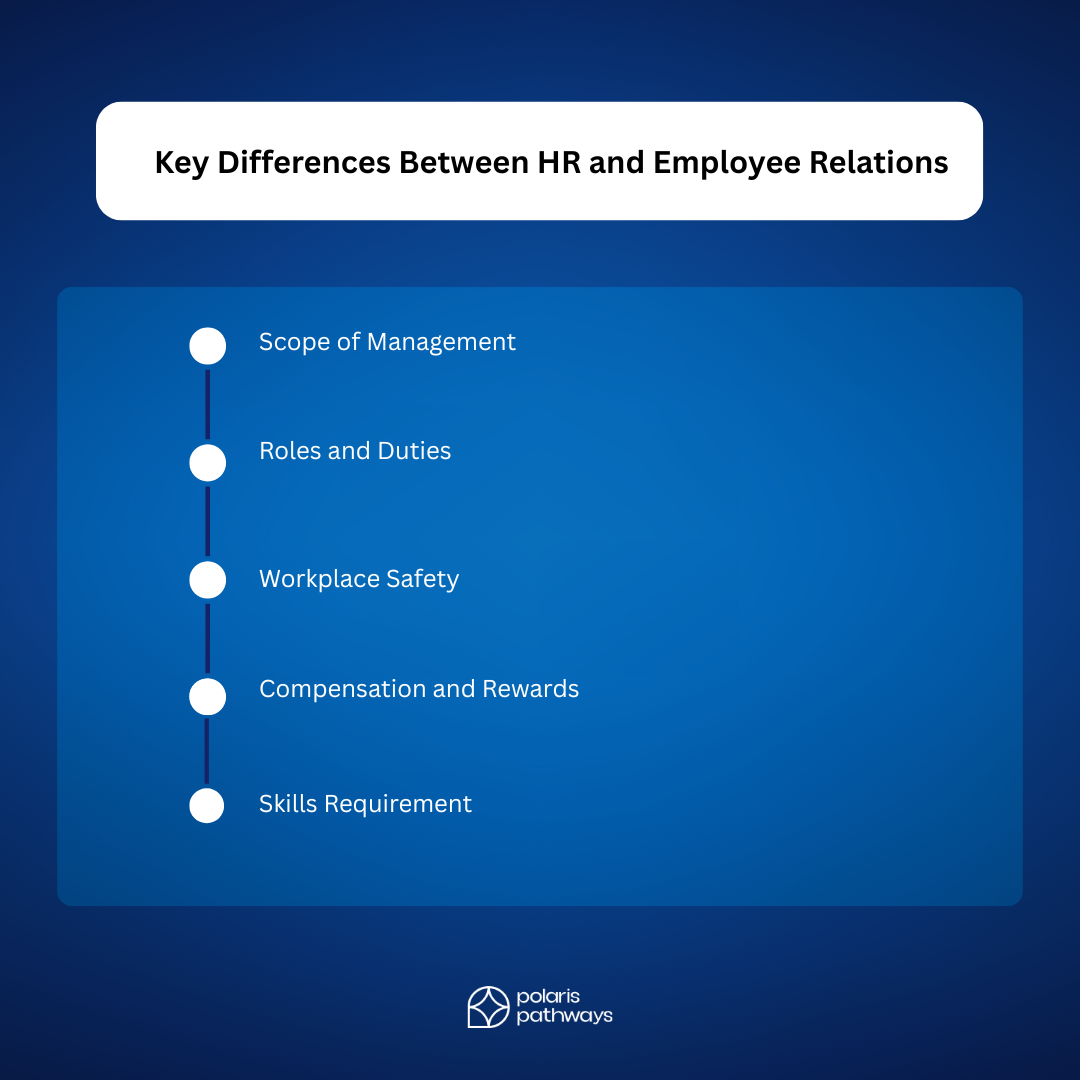
blogs
July 1, 2025
HR isn’t broken. But the way it’s positioned might be.
Every few months, a LinkedIn post goes viral about how “HR failed me” or “HR only protects the company.” And here’s the twist: they’re not wrong. But they’re not fully right either.
HR isn’t ineffective because it lacks ideas. It’s ineffective when:
At Polaris Pathways, we’ve worked with companies at every stage of this inflection. Some unlocked serious traction by elevating their people teams early. Others came in late, but left with a clearer understanding of the gaps they couldn’t afford to ignore again.
The real problem? HR is misunderstood by many - sometimes even by HR itself.”
If you want strategic HR, stop giving it tactical oxygen.
You can’t ask your Head of People to “redefine the org” and then bury them in onboarding logistics and office snacks.
Strategic HR requires context. Access. Power. And time to think ahead, not just clean up.
A great People leader can:
But none of that happens if they’re stuck in reactive mode 24/7.
“When HR is part of the leadership team—not just a compliance silo—companies see significantly stronger talent retention and alignment.”
— SHRM, Strategic Role of HR in High-Performance Companies
Founders, here’s the missed risk you’re not seeing.
When HR is weak, what you’re really missing is:
No one brags about their VP of People until things break. But the best ones keep things from breaking in the first place.

HR’s silence isn’t absence—it’s constraint
Founders often interpret HR’s lack of pushback as indifference. But more often, it’s a lack of permission.
When strong HR leaders are excluded from key decisions, they often default to service mode - not because they lack perspective, but because that’s the only role the organisation has made room for.
(Not every HR lead earns that seat at the decision table, but those who can drive strategy need the opportunity.)
HR doesn’t need loudness. It needs a license.
When given the room to challenge, it often does so in ways that save your team pain, attrition, and future cost.
HR is your growth infrastructure—not just your safety net.
The right HR leader doesn’t just prevent risk—they enable performance.
They align hiring to business priorities, track signals around retention, and design systems that scale with your ambitions.
Data Point: Companies with strategic HR functions experience 22% faster revenue growth and 23% greater profitability than peers.
HR’s job isn’t to “own culture” or “protect the company.”
It’s to tell the truth—about what’s working, what’s not, and what people actually need in order to perform.
It’s to design systems that make high performance and trust possible.
And yes, it’s to manage risk. But not at the cost of people—or the company’s future.
So let’s stop acting like HR’s broken.
Let’s fix how we use it.
— Michelle
Before you go, a few questions to sit with: